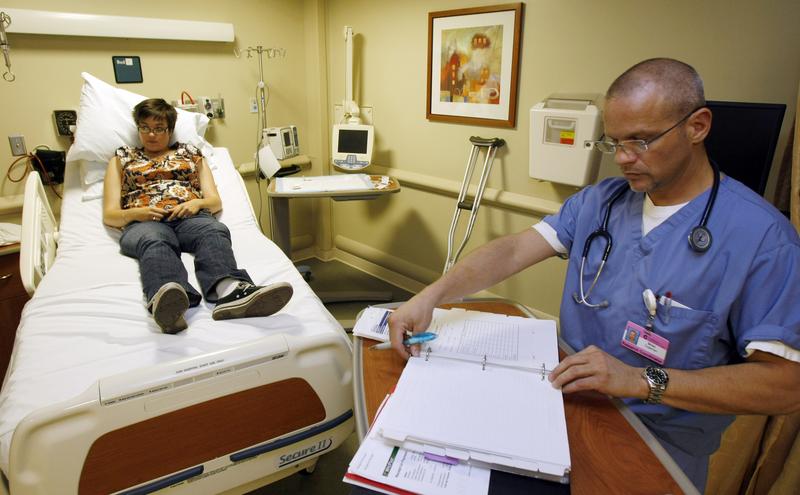
Rates of type 2 diabetes, which typically develops later in life for most patients, have grown to epidemic proportions. However, a growing number of adults are also being diagnosed with type 1, or what used to be known as juvenile diabetes, and many of them are being misdiagnosed.
"It's really an epidemic of misdiagnosis, confusion, of type 2 diabetes with type 1 diabetes," said Dr. Robin Goland, the co-director of the Naomi Berrie Diabetes Center at Columbia University Medical Center. "I'd like to see that stop happening."
That confusion could have cost Brandon Arbiter his life. As a young data manager working in New York, Arbiter was trim and physically fit. But at age 27, he began experiencing many of the tell-tale symptoms of diabetes, including extreme thirst and unexplained weight loss. After a visit to his doctor, he was diagnosed as type 2 and placed on an oral medication typically used to treat type 2 diabetes, and yet his condition didn't improve.
"Over the course of the next three months things really didn't get better," said Arbiter. "I continued to lose weight. I think I lost a total of about 30 pounds. And I just assumed this was the beginning of the end."
Concerned, Arbiter spoke with Dr. Goland for a second opinion and was correctly diagnosed with type 1 diabetes, meaning he was in desperate need of insulin in order to survive. His blood sugar was testing above 300, a dangerously high level that can ultimately be fatal if insulin is withheld too long.
"An hour after I got my first insulin dose, my blood sugar was back down to 100 and I had a new lease on life," said Arbiter.
One reason that cases of misdiagnosis are becoming increasingly common may be due to the fact that general physicians like Arbiter's are treating a growing number of patients with type 2. The Centers for Disease Control estimates that 30 million Americans have diabetes, and only one to two million of them are type 1.
Dr. David Lam of Mount Sinai Hospital in Manhattan said doctors need to take extra care in diagnosing diabetic adults who, like Arbiter, don't share many of the more common characteristics of type 2 diabetics, such as obesity and a family history of type 2 diabetes.
"If you see patients and 95 percent of them have type 2 diabetes, the next person that comes in the office you may simply assume that it's type 2 diabetes," said Dr. Lam. "As healthcare providers, medical professionals we really need to get the message out, and have this discussion so that the next time maybe a thin person comes into their office and has the diagnosis of diabetes, they pause and think and say, 'Maybe this is actually type 1 diabetes not type 2 diabetes.'"
How much do you know about the difference between type 1 and type 2? Take our quiz to find out.
Support for Sugarland is provided by the Robert Wood Johnson Foundation, the Alfred P. Sloan Foundation, and Science Sandbox, an initiative of the Simons Foundation.
